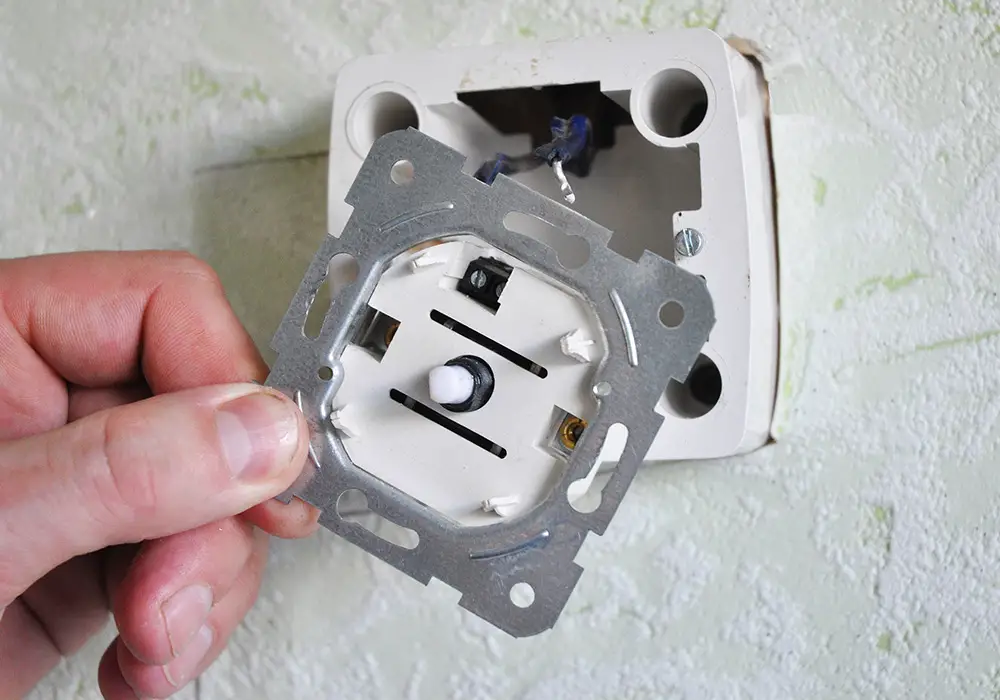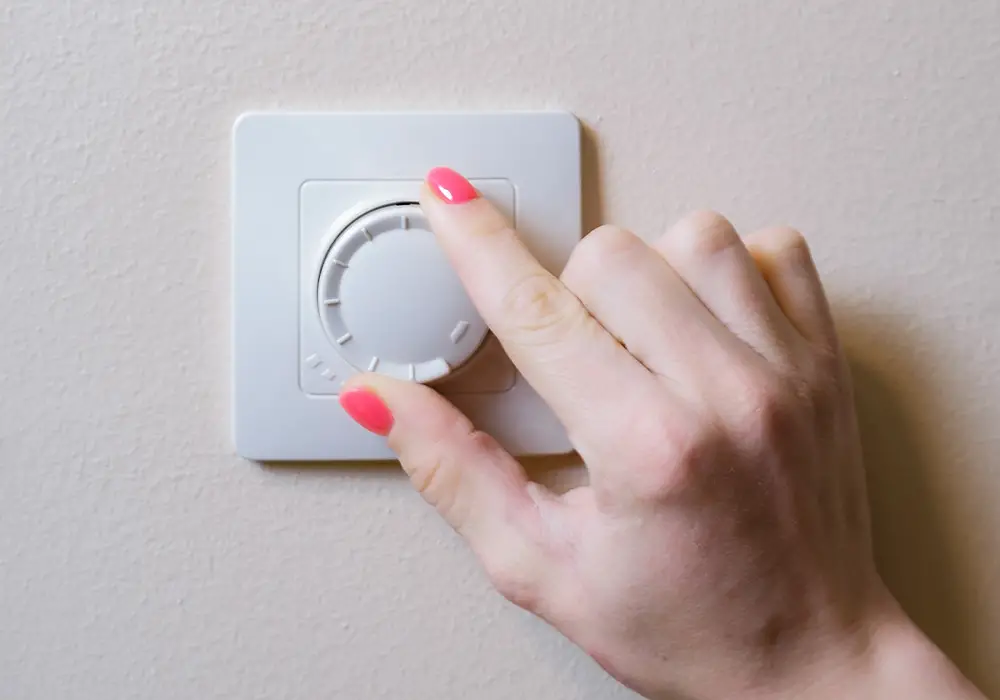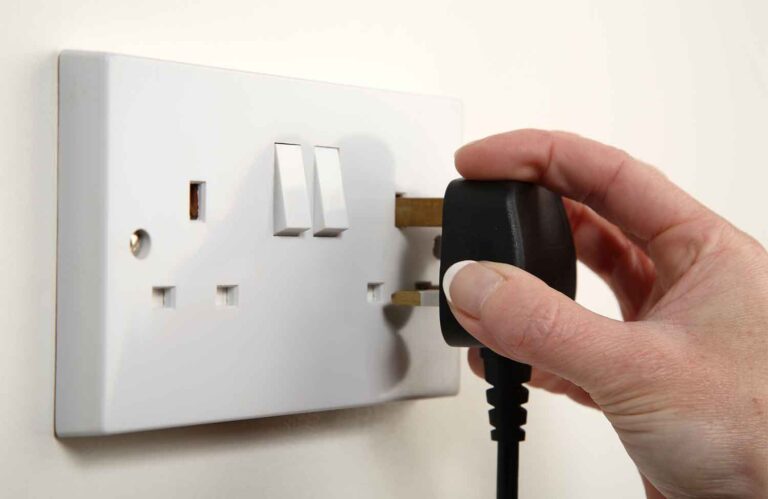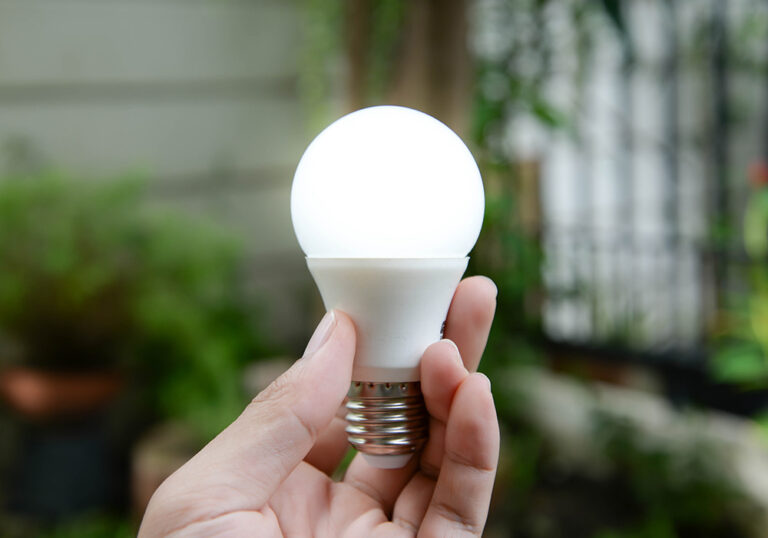Are There Fuses In Dimmer Switches?
Dimmer switches are a popular choice for controlling the brightness of lighting in homes and commercial spaces. They give users the ability to customise light levels to suit individual preferences or specific tasks. However, a common question that arises is whether or not there are fuses in these dimmer switches.
In the past, older dimmer switch models typically had fuses integrated into their design to protect them from electrical faults. With advancements in technology, modern dimmer switches have moved away from using traditional fuses. Instead, they employ different safety mechanisms to prevent potential hazards and ensure efficient functioning.
Key Takeaways
- Older dimmer switches often had fuses for added safety
- Modern dimmer switches utilise alternative protective measures
- Dimmer switches can be used to customise light levels for different purposes
What Are Dimmer Switches?
Dimmer switches are an essential component in the world of home lighting. They enable you to adjust and control the brightness of a dimmable bulb, giving you the freedom to create the perfect atmosphere and mood for your space. By incorporating a dimmer switch into your lighting setup, you can easily customise the level of light in your room to suit your specific requirements and preferences.

When installing a dimmer switch, it’s crucial to determine whether the switch is compatible with the bulbs you have chosen for your lighting. Dimmer switches are designed to flawlessly work with dimmable bulbs, which are special types of bulbs that allow for adjustable brightness levels. On the other hand, using non-dimmable bulbs with a dimmer switch can lead to poor performance and even potential safety issues.
The process of fitting a dimmer switch typically involves connecting the switch to the wiring in your wall, which is an integral part of your home’s electrical circuits. Once the dimmer switch is fully installed and operational, you can easily turn the dial or use touch controls to adjust the light’s brightness. Throughout this process, the dimmer switch continually communicates with the bulb to ensure the desired brightness level is maintained, regardless of fluctuations in the power supply.
Now that you have a basic understanding of what dimmer switches are and how they work, it’s important to consider whether there are fuses in these switches, and if so, what role they play in the overall functionality and safety of the system.
Fundamentals of Dimmer Switch Mechanics
Dimmer switches give you the ability to adjust the brightness of your lights. Unlike regular on/off switches, dimmer switches provide a wider range of control over your lighting. So, how do they work?
Dimmer switches function by controlling the flow of current to the light bulb. They typically use a technology called “triac” to achieve this. The triac is a semiconductor device that can regulate the alternating current (AC) fed to the bulb, which in turn, adjusts the light output. The voltage on the gate terminal of the triac determines whether it acts as an open or closed switch. In other words, it controls the flow of electricity.
Older dimmer switches may contain fuses, which are designed to protect the switch from electrical damage. However, many modern dimmer switches have evolved to include other protective measures instead of fuses. For instance, these switches can have built-in features, such as temperature control or overload protection, to ensure their safe operation. Fuses in older switches were often integrated, making them difficult to replace.
In summary, dimmer switches work by controlling the flow of current through a circuit, using a triac. Older versions might have incorporated fuses, but many modern dimmer switches have other protective features.
The Role of Fuses in Dimmer Switches
Internal Circuit Protection
Fuses play an essential role in protecting electrical circuits. When an appliance or circuit experiences a fault that causes excessive current flow, the fuse’s internal wire melts, breaking the circuit and preventing damage to wiring and devices. In the context of dimmer switches, fuses have been used in older models to provide this crucial protection.
However, many modern dimmer switches don’t rely on traditional fuses for safety. Instead, they utilise other methods and components to safeguard the internal circuitry from potential damage. This change stems from advancements in technology, resulting in the development of more efficient and reliable ways to protect electrical circuits.

Fuse Integration
While not all dimmer switches have fuses integrated into their design, some older models may still contain them. These fuses provide an additional layer of safety, ensuring the switch functions correctly and protects the surrounding electrical circuit.
Modern dimmer switches often use alternative components, such as circuit breakers or other electronic protections, that offer comparable and sometimes superior protection compared to traditional fuses. This shift towards more advanced circuit protection methods helps improve the long-term reliability and safety of dimmer switches installed in homes and businesses.
In summary, although fuses were once more common in dimmer switches, many contemporary models have moved away from using them as a primary safety feature. Instead, they rely on other components and advanced technology to provide adequate protection for the internal circuit and the appliances or devices connected to them.
Common Fuse Issues in Dimmer Switches
Fuses are an essential component in some older dimmer switches. They help protect the wiring in the circuit, similar to an airbag in a car. If something goes wrong in the circuit, such as a bulb blowing, the fuse’s internal wire will melt. However, not all modern dimmer switches have fuses, as they employ other safety mechanisms. In this section, we will discuss common fuse issues in dimmer switches that do have them.
One common issue is a blown fuse due to an overload in the circuit. This can happen when there is too much current flowing through the dimmer switch, causing the fuse to melt and cut off the electrical connection. To resolve this problem, you need to replace the blown fuse with a new one of the same rating.
Another issue could be a damaged fuse. Over time, repeated surges of current can weaken the fuse’s internal wire, making it more susceptible to breaking. In this case, you should replace the weakened fuse with a new one to avoid potential hazards or circuit failure.
Furthermore, compatibility with LED lights can sometimes cause problems with dimmer switches, particularly those with traditional fuses. LED lights require a different type of dimmer switch designed for low-voltage lighting. If you’re experiencing issues with the brightness or functionality of your LED lights when using a dimmer switch with a fuse, consider upgrading to a model specifically designed for LED lighting.
Lastly, if you suspect a fuse issue in your dimmer switch but are unsure how to locate or replace it, consult the manufacturer’s documentation or seek professional assistance from a qualified electrician.
By addressing these common fuse issues in dimmer switches, you can ensure the safety and efficiency of your lighting system.
How to Safely Check Dimmer Switch Fuses
Before you begin checking the fuses in your dimmer switch, ensure that you have turned off the power to the switch by locating your fuse box and switching off the relevant circuit breaker. It’s essential to take precautions to avoid the risk of electric shock.
Step 1: Remove the dimmer switch cover
Start by removing the cover of the dimmer switch. This may require a screwdriver to loosen any screws holding the cover in place. Once you’ve removed the cover, you should be able to see the internal components of the dimmer switch.
Step 2: Locate the fuse
Some dimmer switches have an internal fuse which may need to be replaced. Look for a small cylindrical component, usually made of glass or plastic, with metal caps at both ends. This is the fuse. It may be located near the wiring connections of the switch or on the circuit board.
Step 3: Check the fuse for damage
Inspect the fuse for any visible signs of damage, such as blackened or cracked glass, or a broken filament inside the fuse. If the fuse appears damaged, it will need to be replaced.
Step 4: Test the fuse with a multimeter
If the fuse doesn’t show signs of damage, you can test it using a multimeter. Set the multimeter to the continuity setting (often indicated by a symbol resembling a sound wave). Touch the probes to the metal caps at both ends of the fuse. If the multimeter beeps or shows a low resistance reading, the fuse is functional. If there is no continuity, the fuse is blown and needs to be replaced.
Step 5: Replace the fuse if necessary
If the fuse is blown, you’ll need to replace it with a new one of the same type and rating. Make sure the new fuse is compatible with your dimmer switch before installing it. Carefully insert the new fuse into place, ensuring a secure connection. Then, reassemble the dimmer switch cover, switch the circuit breaker back on, and test the dimmer switch to confirm it’s working correctly.
By following these steps, you can safely check and replace the fuses in your dimmer switch to ensure optimal functionality.
Relevant Standards and Regulations
When discussing the topic of fuses in dimmer switches, it’s important to be aware of the relevant standards and regulations that apply to electrical equipment and installations. These regulations have been established to ensure the safety, proper functioning, and efficiency of electrical systems.
One of the key standards in the UK electrical industry is BS 7671, which provides a safety framework for electrical installations. This standard aims to minimise risks, such as fires, resulting from poor or outdated wiring practices. It is widely adopted in the UK and several other countries that follow its requirements.
Another crucial document to consider is the Electrical Equipment (Safety) Regulations 2016 of Great Britain. These regulations apply to all electrical equipment designed or adapted for use between 50 and 1,000 volts (for alternating current) and 75 and 1,500 volts (for direct current). The regulations help ensure that electrical equipment, including dimmer switches, is safe for use in residential and commercial environments.
To better understand the specific safety measures related to electrical switchgear and control gear, the BS 6423 and BS 6626 codes of practice provide guidance on maintenance practices for voltages up to 1 kV and between 1 kV and 36 kV, respectively. These codes promote the safety and longevity of electrical equipment and installations.
Finally, it’s worth noting that not all dimmer switches have fuses. Older models may be more likely to include fuses, while many modern dimmer switches utilise alternative safety features. Regardless, it’s essential to ensure your dimmer switches comply with relevant safety standards and regulations to protect both the devices and their users.
Remember to always consult a qualified electrician or professional when dealing with electrical components and installations to ensure compliance with the applicable codes and regulations.
FAQs on Fuses and Dimmer Switches
Can a Blown Fuse Impact Dimmer Functionality
Yes, a blown fuse can impact the functionality of a dimmer switch, but only if your dimmer switch has a fuse. Not all dimmer switches have fuses, but for those that do, a blown fuse would interrupt the flow of electricity and prevent the dimmer switch from functioning correctly. If you suspect a faulty fuse, it’s important to check and replace it if necessary.
Do All Dimmer Switches Have Fuses
No, not all dimmer switches have fuses. Some older models of dimmer switches might have fuses to protect them. However, many modern dimmer switches do not use fuses anymore as they have other safety measures in place. Instead, they use advanced circuitry and components to ensure safe operation without needing a traditional fuse.
Safety Measures When Handling Dimmer Fuses
When dealing with fuses and dimmer switches, it’s vital to keep safety in mind. Here are a few safety measures you should follow:
- Always turn off the electricity at the fuse box before touching any wiring, light fittings, or switches.
- Use a voltage tester to double-check that there is no live electricity flowing to the area you’re working on.
- Wear protective gloves and safety goggles to minimise the risk of injury.
- If you’re not confident in working with electrical components, consider hiring a professional electrician to address the issue.
Remember that it’s important to exercise caution when working with electrical components, such as dimmer switches and fuses. Ensure you have a proper understanding of the procedures and safety measures before attempting any repairs or modifications.






